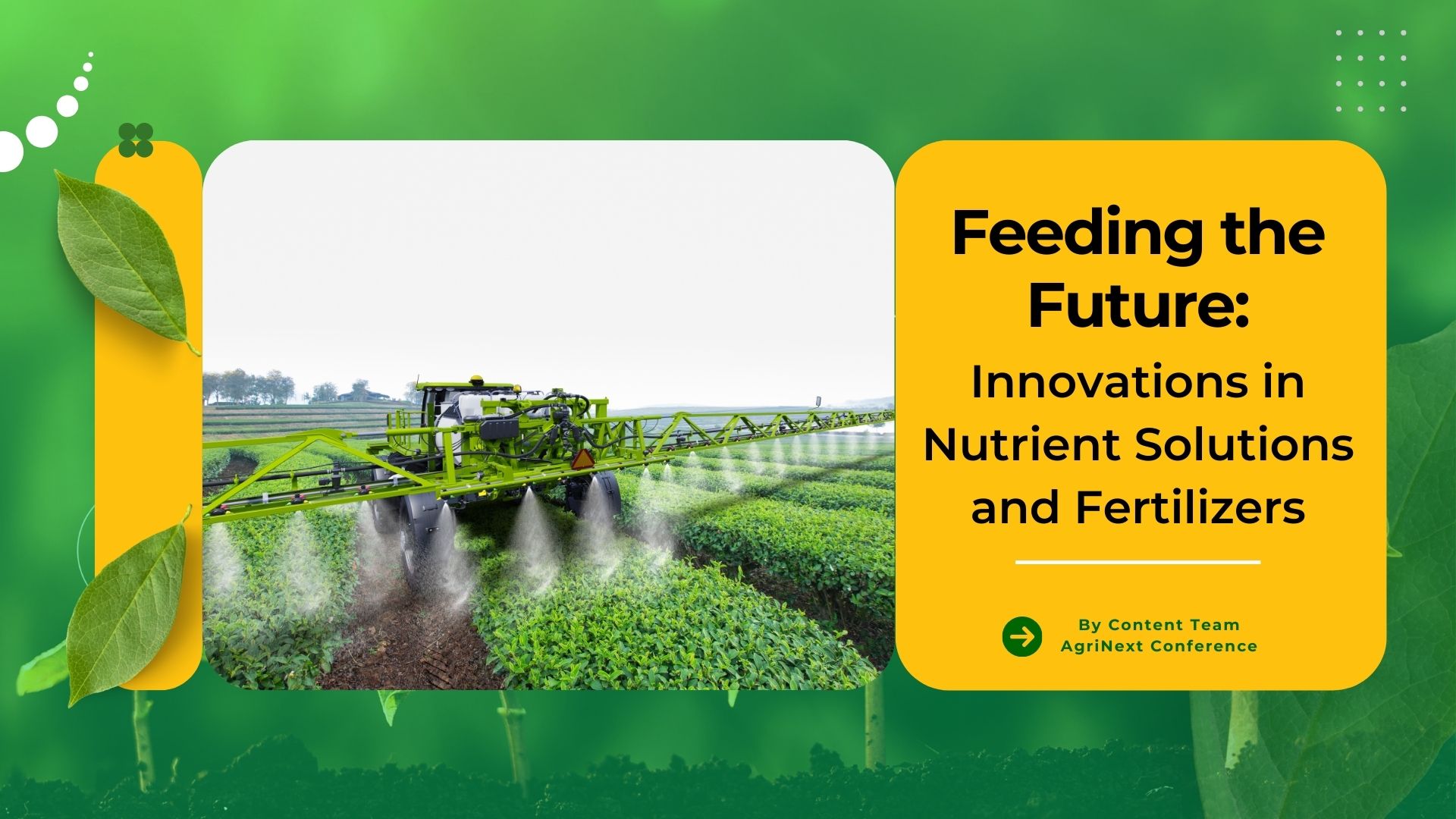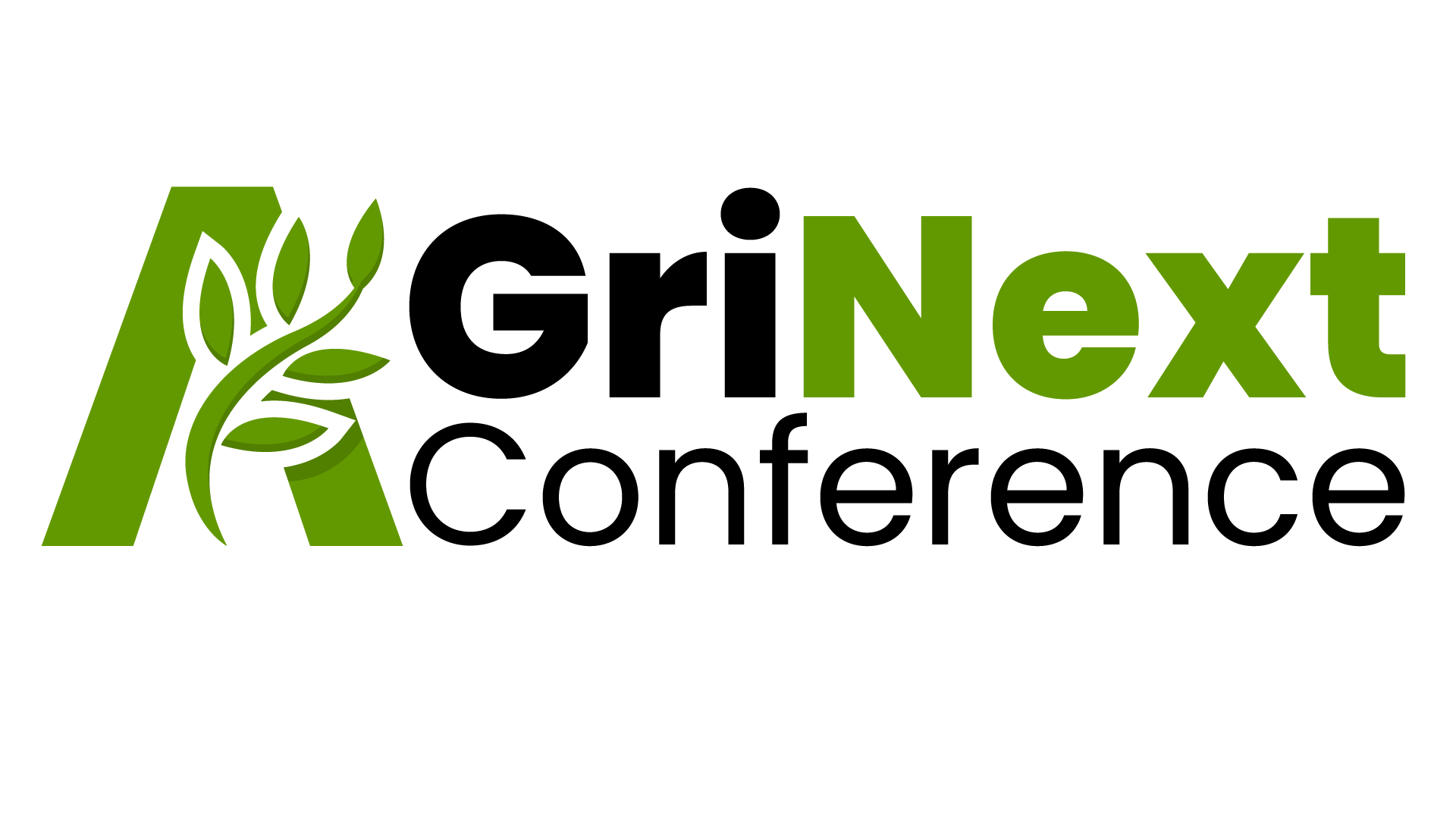
As the global population continues to grow, the demand for food production increases, necessitating advancements in agricultural practices. Fertilizers and nutrient solutions play a crucial role in enhancing crop yields and ensuring food security. This blog explores the latest innovations in nutrient solutions and fertilizers, examining their potential to revolutionize agriculture and contribute to sustainable farming practices.
Table of Contents
Traditional Fertilizers and Their Limitations
Traditional fertilizers, primarily composed of nitrogen (N), phosphorus (P), and potassium (K), have significantly boosted agricultural productivity over the past century. However, their excessive use has led to environmental issues such as soil degradation, water pollution, and greenhouse gas emissions. The inefficiency of nutrient uptake by plants, often below 50%, worsen these problems, prompting the need for more sustainable solutions.
Innovations in Fertilizers
The fertilizer industry is at the forefront of providing farmers with advanced plant nutrition solutions. These innovations aim to improve how well nutrients are used and how effective they are, while taking into account the variety of farming systems and environmental conditions.
“I’ve never been shy about my passion for fertilizer. It’s a magical innovation that’s responsible for saving millions of lives from hunger and lifting millions more out of poverty by boosting agricultural productivity”.


“Nutrient solutions are specially formulated liquid fertilizers designed to provide plants with essential nutrients directly. Used primarily in hydroponic systems, these solutions ensure precise nutrient delivery, promoting optimal plant growth and health. Innovations in nutrient solutions enhance efficiency, reduce waste, and support sustainable farming practices, making them crucial for modern agriculture.”
Advanced Fertilizer Technologies
Controlled-Release and Slow-Release Fertilizers
Purpose: These fertilizers are designed to match nutrient release with plant requirements throughout the growing season. This approach minimizes nutrient leaching and volatilization, reducing environmental impact while enhancing nutrient use efficiency.
Controlled-Release Fertilizers (CRFs)
Mechanism: CRFs are coated with materials like polymers or sulphur that control the rate of nutrient release. The release is regulated by factors such as temperature, moisture, and microbial activity.
Design: These coatings dissolve slowly, providing a consistent supply of nutrients over time, ensuring that nutrients are available when plants need them most.
Slow-Release Fertilizers (SRFs)
Mechanism: SRFs release nutrients at a slower, more predictable rate than conventional fertilizers but do not have the sophisticated coating technologies used in CRFs. The release rate is influenced by the chemical composition of the fertilizer and environmental conditions.
Design: Examples include urea-formaldehyde, sulphur-coated urea, and natural organic materials like manure or compost, which break down gradually in the soil.
Stabilized Fertilizers Types:
These include fertilizers with urease or nitrification inhibitors.
Function: They slow down nutrient conversion in the soil, minimizing losses and enhancing nutrient availability to plants.
Beneficial Substances
Plant Biostimulants
Function: These substances improve plant nutrition processes independently of their nutrient content.
Benefits:Improve nutrient use efficiency Increase tolerance to abiotic stressEnhance quality traits Improve availability of confined nutrients in the soil or rhizosphere
Forms: Biostimulants can be substances or microorganisms that positively affect plant growth and health.
Biofertilizers
Biofertilizers are natural fertilizers that contain living microorganisms which enhance the availability of nutrients to plants. They play a crucial role in sustainable agriculture by improving soil fertility and promoting plant growth without the adverse effects associated with chemical fertilizers.
Key Types of Biofertilizers
Nitrogen-fixing Biofertilizers:
Rhizobium: Forms symbiotic relationships with leguminous plants, fixing atmospheric nitrogen into a form that plants can use.
Azospirillum: Associated with non-leguminous plants, enhancing nitrogen uptake and growth.
Azotobacter: Free-living bacteria that fix nitrogen independently in the soil.
Phosphate-solubilizing Biofertilizers:
Bacillus and Pseudomonas Species: Solubilize insoluble phosphates in the soil, making phosphorus available to plants.
Mycorrhiza: Symbiotic associations between fungi and plant roots that enhance phosphate uptake.
Potassium-mobilizing Biofertilizers:
Certain bacteria and fungi release potassium from insoluble compounds in the soil.
Organic Matter Decomposers:
Trichoderma and other fungi: Break down organic matter, improving soil structure and nutrient availability.
For example In India, farmers are using biofertilizers containing Rhizobium bacteria to enhance the growth of leguminous crops like soybeans. By forming a symbiotic relationship with these plants, Rhizobium bacteria help fix atmospheric nitrogen into a form that the plants can readily use, reducing the need for synthetic nitrogen fertilizers and improving soil fertility.
Nanofertilizers
Nano fertilizers are a type of advanced agricultural input designed to deliver nutrients to plants more efficiently than traditional fertilizers. They utilize nanotechnology, involving particles at the nanometer scale (typically 1-100 nanometers in size), to improve the delivery and uptake of essential nutrients by plants. Here are the main components and characteristics of nano fertilizers:
Nanoparticles:
These are extremely small particles that can be engineered to contain specific nutrients essential for plant growth, such as nitrogen, phosphorus, and potassium.
Controlled Release: Nano fertilizers are designed to release nutrients slowly and steadily over time, matching the nutrient uptake rate of plants. This controlled release helps reduce nutrient losses and improves efficiency.
Enhanced Uptake: The small size of nanoparticles allows them to be absorbed more effectively by plant roots and leaves. This can lead to better utilization of nutrients compared to conventional fertilizers.
Types of Nano Fertilizers:
Nano-encapsulated fertilizers: Nutrients are encapsulated within a nanoparticle matrix, which protects the nutrients and allows for their gradual release.
Nutrient-loaded nanoparticles: Nutrients are directly loaded onto nanoparticles, which can then be delivered to the plants.
Nano-emulsions: These are mixtures where nanoparticles are suspended in a liquid medium, which can be sprayed onto plants or soil.
Benefits:
Increased Efficiency: More effective nutrient delivery can lead to higher crop yields.
Environmental Sustainability: Reduced nutrient runoff and leaching decrease environmental pollution.
Cost-Effectiveness: Higher nutrient use efficiency can lower the overall quantity of fertilizer needed.
Challenges:
Safety and Toxicity: Potential risks to soil health, plant health, and human safety need to be thoroughly studied.
Regulatory and Public Acceptance: Adequate regulations and public understanding are necessary for widespread adoption.
Production Costs: The production of nano fertilizers can be more expensive than conventional fertilizers, although this might be counterbalance by their increased efficiency
Innovations in Nutrient Solutions
Hydroponic Systems
Hydroponic systems, where plants are grown in nutrient-rich water solutions without soil, are gaining popularity in controlled environment agriculture. These systems allow precise control over nutrient delivery, water usage, and environmental conditions, leading to higher yields and resource efficiency. Innovations in hydroponic nutrient formulations and delivery systems continue to improve their effectiveness and sustainability.
Foliar Feeding
Foliar feeding involves the application of nutrient solutions directly to plant leaves, allowing for rapid nutrient absorption. This method can be used to address specific nutrient deficiencies quickly and is particularly effective for micronutrients. Advances in foliar nutrient formulations and application technologies are enhancing the efficiency and efficacy of this approach.
Precision Agriculture
Precision agriculture leverages data analytics, remote sensing, and automated systems to optimize nutrient management. By using soil sensors, drones, and GPS technology, farmers can apply fertilizers and nutrient solutions more precisely, targeting specific areas of the field that need them most. This reduces waste, lowers costs, and minimizes environmental impact.
Novel Products and Research
Market-Available Innovations
Biodegradable Polymer-Coated Fertilizers: These fertilizers release nutrients gradually, aligning with plant needs.
Nano Fertilizers: Utilizing nano-scale particles, these fertilizers provide more efficient nutrient delivery.
Research-Stage Innovations
Smart Fertilizers: These innovative products respond to signals from crop roots or the microbiome to deliver nutrients precisely when and where they are needed.
4R Nutrient Stewardship
Framework: Right source, Right rate, Right time, and Right place is integral to modern fertilization practices.
Application: The innovative products discussed can be effectively integrated into this framework to maximize their benefits.
Industry Initiatives for Sustainability
Accelerating Sustainability Transformation
Goal: Propel innovation to support sustainable agricultural practices.
Strategy: Foster partnerships with AgTech startups to drive innovation.
IFA’s Smart & Green Platform
Establishment: Launched in 2021 to share knowledge and connect industry stakeholders.
Purpose: The 2023 IFA conference was held to discuss and promote improvements in fertilizer use and agricultural practices worldwide, focusing on sustainability and innovation.
2023 Conference Highlights:
Featured over 20 startups.Covered topics such as investment in innovation, low-carbon fertilizer production, novel fertilizer products, microbiome manipulation, digital agronomic solutions, and nutrient recovery and recycling.
The conference led to new strategies for better fertilizer use, emphasized sustainable farming, and encouraged global cooperation in agriculture.
The New Ag International Conference & Exhibition is another event focused on innovations in fertilizers. It brings together experts to discuss the latest advancements in fertilizer technology and sustainable agricultural practices.
The New Ag International Conference & Exhibition is typically held annually at different locations around the world. For 2024, it took place in March 2024 in Warsaw, Poland.
The fertilizer industry is evolving rapidly with cutting-edge products and sustainable practices, offering farmers a comprehensive suite of tools to enhance nutrient use efficiency and improve crop yields. Continuous innovation and strategic partnerships are key to accelerating the industry’s sustainability transformation.
Promising Biofertilizer Startups
Kula Bio
The US-based startup Kula Bio develops biofertilizers that deliver nitrogen to crops through naturally occurring bacteria.
Fertoz
Canadian startup creates rock phosphate-based fertilizers in granular, micronized, and powdered forms. One of Fertoz’s recent developments is phosphate biofertilizers coated with live microbes.
Ficosterra
A Spanish startup develops the Biological Crop Booster (BCB) technology that restores the natural fertility of soils.
BioConsortia, Inc.
BioConsortia uses microbial consortia to enhance crop productivity and resilience.
IFFCO India
(IFFCO-MC) is a joint venture between Indian Farmers Fertiliser Cooperative Limited (IFFCO) and Mitsubishi Corporation, Japan . The joint venture focuses on producing and marketing a wide range of agrochemicals, including pesticides, herbicides, fungicides, and specialty fertilizers.
The 5 biofertilizer solutions showcased above are promising examples out of many I analyzed for this article. These startups are at the forefront of agricultural innovation, offering sustainable and efficient alternatives to traditional fertilizers.
Conclusion
Innovations in nutrient solutions and fertilizers are critical for the future of agriculture. Controlled-release fertilizers, biofertilizers, and nanofertilizers offer sustainable alternatives to traditional fertilizers, while hydroponics, foliar feeding, and precision agriculture enhance nutrient delivery and use efficiency. These advancements hold the promise of increasing crop yields, reducing environmental impact, and contributing to global food security. Embracing these innovations will be essential in feeding the future population sustainably and effectively.
Signup For AgriNext Conference Newsletter


